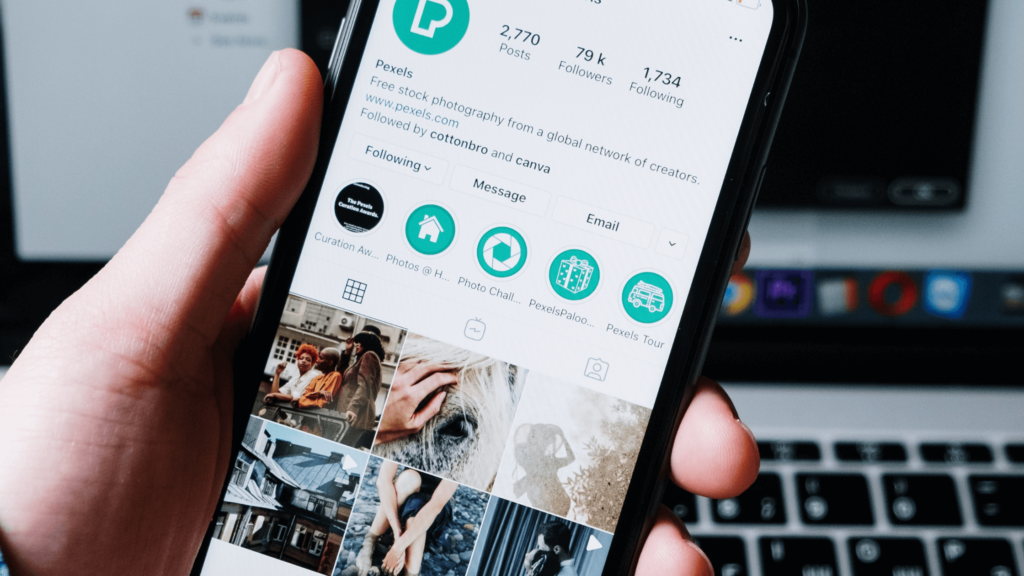Let’s start a new design project together!
We have all been there, haven’t we? It’s your first day at a job as a newly minted college graduate leaping into the working world. It’s not been a minute, and you spend your first day whispering “omg what does that even mean?” under your breath the whole day. You start noticing the mismatch between your few months of curriculum and the solid fundamental set of skills you were supposed to learn. After a lot of missteps, trial and error, a small part of me wishes that I didn’t have to DIY these skills.

Personal Branding
As communication majors we have all sat through classroom lectures on branding, going through slides of Coca-Cola Ads. What they failed to mention in that 60 min marketing class is that branding is not just for businesses.
Whether you are an influencer in the making or cruising the job market, creating a version of yourself that communicates your strengths and weaknesses is a secret weapon to have by your side. That’s right, I’m talking about personal branding – Weaving everything about you to tell a compelling career story.
Personal branding is not just about something you are good at, but what truly sets you apart. Your values, personal qualities, diversity of knowledge base are the ones that distinguishes you from the regular Joe. Power brands like Nike and Apple have taught us that branding needs to be significant but subtle. None of their content is about shoes or how good their phone is but about celebrating athletes and innovation. Great brands are founded on authenticity, so instead of using my social media for false swagger and fake confidence, I learnt how to build my personal brand on those platforms.
Building A Personal Brand On Social Media
Publishing your work on LinkedIn is a great way to establish your expertise
Writing a personal blog on medium to share your personal experiences
Twitter to share your opinion and values
Instagram to bring out your quirky personality
Marketing Trends
If your jobseeker brain is reliant just on your college learning, then you are in a dangerous spot my friend. Trust me when I tell you that there’s nothing worse than looking up at the interviewer and going, “I really have no idea” for simple questions. During one of my interviews, they asked me – “what are some of the agencies you follow?” and “is there a specific marketing campaign you liked?” and I couldn’t answer any of them. Sounds disastrous right? But with a little luck and a compassionate interviewer by my side, thankfully I got a second chance.

You know what would’ve made me not bomb the interview? If I had spent an evening to know what’s been buzzing in the marketing sphere.
If your career ladder leans against the marketing wall, then, staying on top of marketing trends is super important (emphasis on the ‘super’). It also gives you insights on customer behaviour patterns and preferences. Outdated marketing strategies could repel the customers away.
How to keep up with the trends
Observe your competitors
Social media, of course! Follow brands you admire on all digital platforms
Set google alerts for specific keywords
Sign up for newsletters from industry experts
Follow creators with proven track records of success

Social Media Tactic Vs Strategy
You know what keeps a Chief Creative Officer up at night, staring at the ceiling? It’s nailing down the social media strategy. Social media is changing the way business is done. From the conference room of Volkswagen to the boutique down the street, everyone wants to establish their brand on social media. Social media is a marketing tool – and a powerful one!
One of the major things our college education forgot to mention, is thinking about marketing strategies through the social media lens, and that a tactic is different from a strategy. Initially, when you start working on social media content, the difference between a tactic and strategy becomes fuzzy.
The purpose of a social media tactic is to make quick bucks and increase sales – it’s moment marketing. A strategy however is designed to increase awareness, customer loyalty, retention with an overarching plan.
Ask the nearest Social Media Manager by your desk, how they started out (no, really try it). It’s a good bet you’ll hear – ”Umm you know.. I just fell into it” or “I actually never thought I would be one.” For almost over a decade, people have been “segueing” into a career in social media without a formal education in it? I sense a gap!
User Experience
The days when marketers crossed their arms and let the designer worry about user experience are long gone. I wish my college didn’t send the design aspirants to go sit in a different studio from the marketing peeps because in the real world marketing and user experience is knotted into a complementary relationship.
User experience is the heart of the digital world, it has become the need of the hour. When you are planning your marketing campaign, user experience should be one of the first things to be considered.

It is about understanding and discovering real human needs rather than just pushing a product up their face. It’s only later that I learned that the marketing team should also engage with the design squad to boost engagement and sketch out journey maps.

Thinking Creatively
While a career in advertising sounds like exciting days in the office, it takes a lot more creative edge to stand out in the Ad world. On the bulleted list of skills in your curriculum, creativity is lumped together with other soft skills like communication or networking – great to have but not as important as mugging up the communication theories. Let me guess, your first thought was: Can you really teach creative thinking in a classroom?
I, too, had always assumed that creativity was either something you possess inherently, or you don’t. But hearing my superiors opine that creativity was a skill you could train, was a lightbulb moment for me.
One thing I have observed all creative people have in common, is their appetite for new experiences and constantly scanning the marketing sphere for ideas. You don’t have to treat creativity as a mystical event, where you sit in front of a blank screen waiting for divine inspiration to hit you. Looking at ideas from other industry experts and giving it your own creative twist is a step in the right direction.
Finally, a simple but vital tip – Never forget your passwords and don’t wait to find out what fundamentals you missed out on. Thanks to the plethora of online tools it’s easy to bridge the gap and migrate into the real world.

